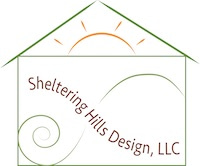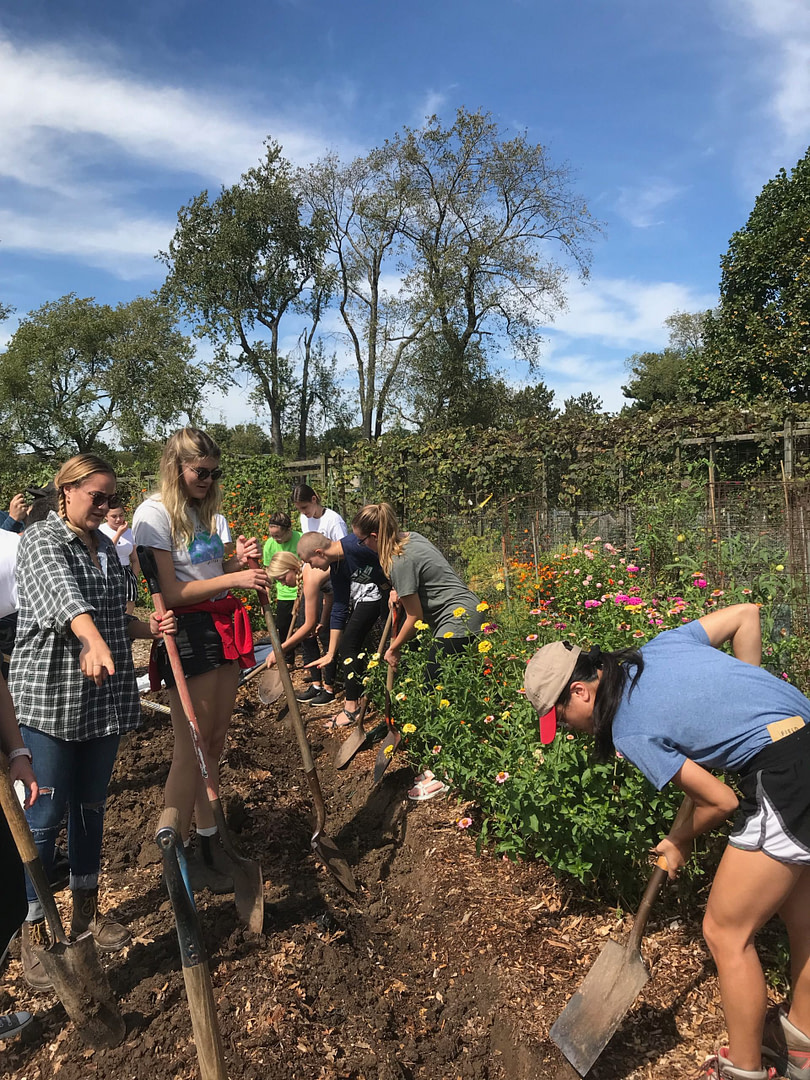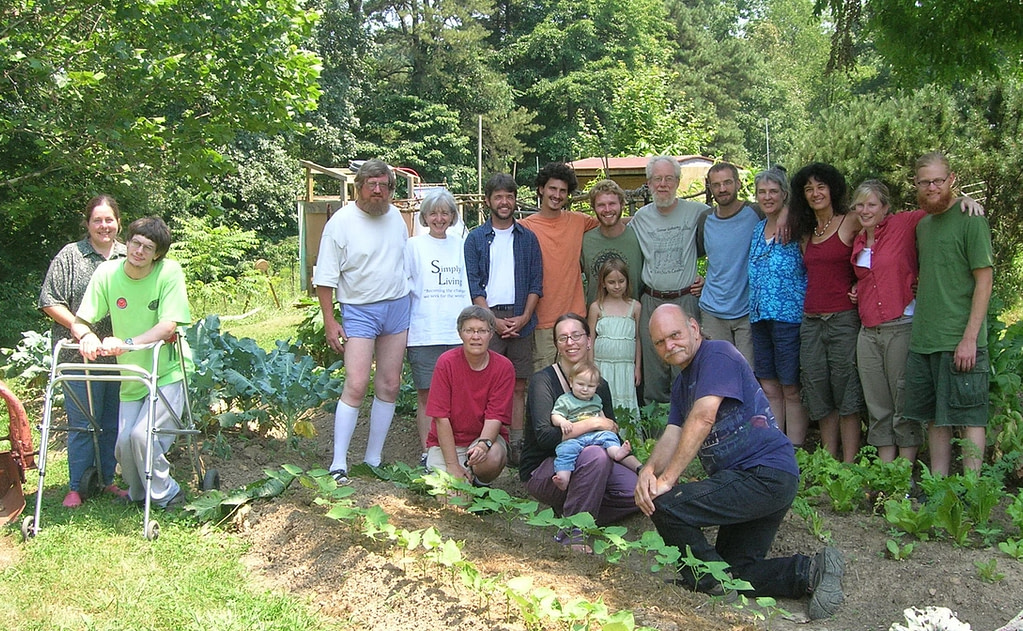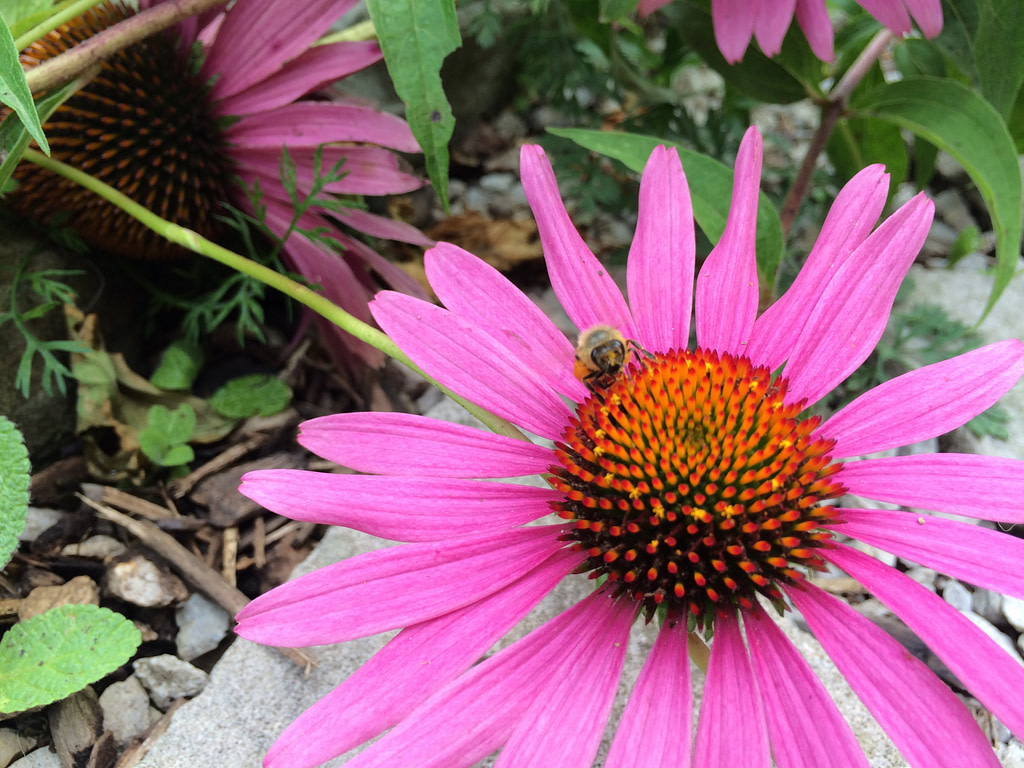This quote seems more applicable today than ever before:
“Though the problems of the world are increasingly complex,
the solutions remain embarrassingly simple.”
― Bill Mollison
In the 20 years since my own permaculture design course, I am reminded again and again to return to the basics of permaculture design. It’s the “chop wood, carry water” kind of simplicity that I find comforting.
Permaculture offers a holistic approach to thriving and living that extends far beyond gardening. At its core are three foundational ethics that guide all permaculture practices: Care for the Earth, Care for People, and Care for the Future (often called “Fair Share” or “Return of Surplus”). Within this ethical framework, there are some key practices.
Care for the Earth
The first ethic recognizes our responsibility to protect and nurture natural ecosystems. This ethic is first because without it, we cannot meet any of the other needs.
- Am I improving the life in the soil around me?
- Am I increasing the biodiversity and capacity of the Earth around me to sustain itself?
- Do I know how to use the plants and resources around me sustainably to meet me own needs?
Building Healthy Soil
Healthy soil is the foundation of all permaculture systems. This involves:
- Composting organic matter to create nutrient-rich humus
- Practicing no-till or minimal tillage techniques to preserve soil structure
- Using mulch to protect soil, retain moisture, and suppress weeds
- Incorporating diverse microorganisms through compost teas and biofertilizers
Creating Biodiversity
Biodiversity creates resilient ecosystems that resist pests and disease:
- Planting polycultures rather than monocultures
- Including native plants that support local wildlife
- Creating habitat for beneficial insects, birds, and other organisms including water features and nesting spaces.
- Establishing food forests with multiple vegetation layers
Water Conservation and Management
Water-wise practices include:
- Capturing and storing rainwater through swales, ponds, and tanks
- Using drip irrigation and other efficient watering methods
- Designing landscapes that slow, spread, and sink water
- Creating microclimates that reduce evaporation and water needs
Care for People
The second ethic focuses on meeting human needs sustainably and equitably.
- Am I caring for my own well-being? We’ve inherited a number of stressors in our lives and between generations. It is important for us to act from a place of rest and capacity.
- How am I doing at caring for my family?
- My community and the communities I interact with?
Sustainable Shelter
Human habitation can be designed to work with nature. Most likely we will be adapting existing structures. Whenever possible, we want to be:
- Building with natural, local, and low-impact materials
- Designing passive solar homes that require minimal external energy
- Integrating living spaces with productive landscapes
- Creating comfortable microclimates through strategic planting
Food (and Water) Security and Sovereignty
Access to healthy food and clean water is a fundamental human right:
- Growing diverse, nutritious foods using organic methods
- Saving and sharing seeds to preserve genetic diversity
- Creating food systems that require minimal external inputs
- Teaching food production, preservation, and preparation skills
Community Building
Strong communities are resilient communities:
- Establishing community gardens and food forests
- Creating skill-sharing networks and workshops
- Fostering intergenerational knowledge transfer
- Supporting local economies through farmers’ markets and CSAs
Care for the Future
The third ethic acknowledges our responsibility to future generations and the equitable distribution of resources.
Reducing Waste and Closing Loops
Creating systems where “waste” becomes a resource:
- Practicing the 5 Rs: Refuse, Reduce, Reuse, Repair, Recycle
- Converting “waste” streams into useful products (humanure, greywater systems)
- Designing for durability and repairability
- Implementing regenerative practices that build rather than deplete resources
Energy Conservation and Renewable Sources
Moving beyond fossil fuels:
- Maximizing energy efficiency in homes and systems
- Using appropriate renewable technologies like solar, wind, and micro-hydro
- Designing systems that require minimal energy inputs
- Creating energy storage solutions for resilience
Seed Saving and Heritage Preservation
Safeguarding biological and cultural heritage:
- Maintaining seed libraries of open-pollinated varieties
- Documenting traditional ecological knowledge
- Passing down sustainable practices to younger generations
- Protecting land through conservation easements and trusts
Integration Through Design
What makes permaculture unique is how these practices are woven together through thoughtful design. Permaculture design principles—like obtaining a yield, using and valuing diversity, and catching and storing energy—provide the framework for implementing these ethics in practical ways.
The most effective permaculture systems address all three ethics simultaneously. For example, a well-designed food forest cares for the earth by building soil and creating habitat, cares for people by providing nutritious food and medicine, and cares for the future by sequestering carbon, cleaning water, and preserving biodiversity.
By centering these three ethics in our design decisions, permaculture offers a pathway toward truly sustainable and regenerative living that benefits all life on Earth—now and for generations to come.
So, at the end of the day, I look at what I have accomplished. Is the soil a little better today? Is there capacity to hold water appropriately in the landscape? Did I see a new species or old friends? Did I harvest something from the garden? Have I interacted with my loved ones in a positive way? Have I done something to help my community or helped those who help others in their communities?
The solutions really are simple.








